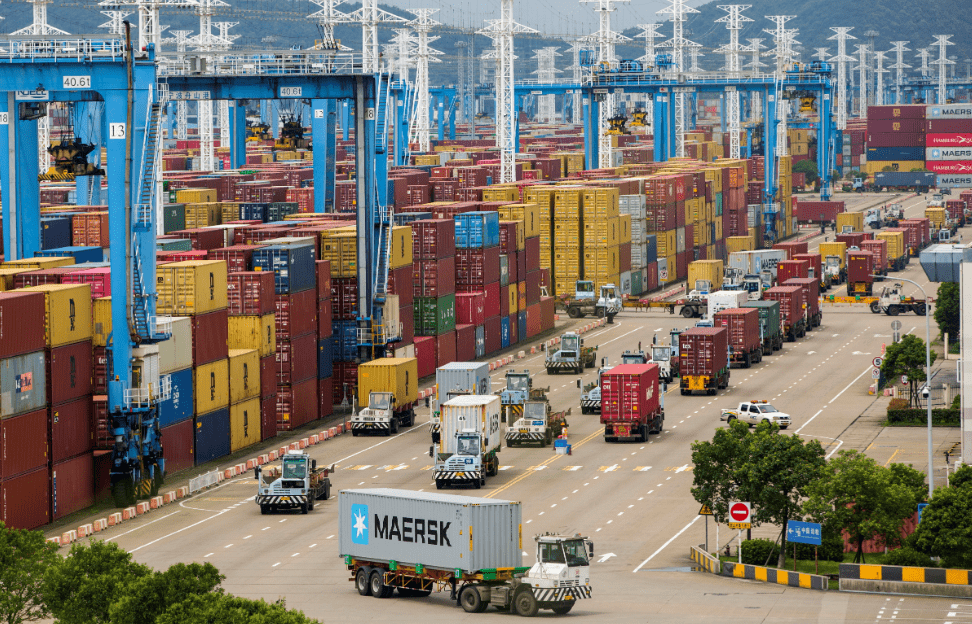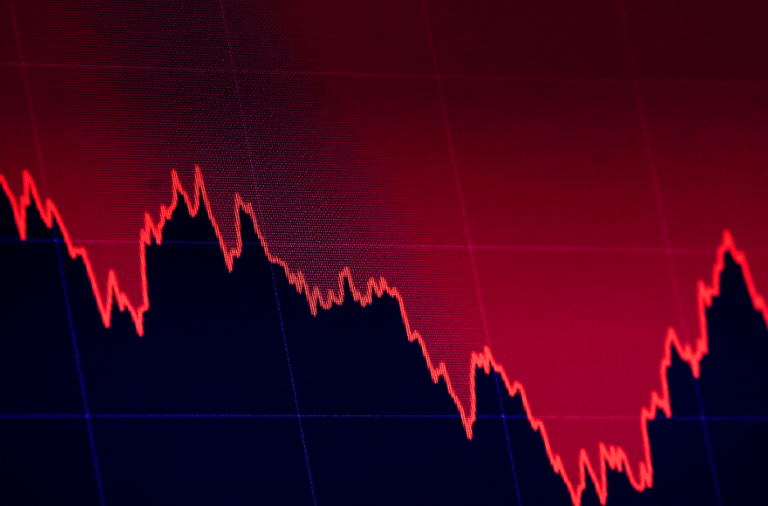As the world’s second-largest economy braces for mounting trade risks, China has reported an impressive surge in exports, reaching an all-time high. However, the optimism is tempered by the looming threat of renewed tariffs under President-elect Donald Trump, who is set to return to office next week.
In 2024, Chinese exports increased by 7.1%, amounting to 25.5 trillion yuan, while imports grew by a modest 2.3%. This marked the largest trade surplus in history at 7.06 trillion yuan. Much of this growth came from robust overseas demand, which helped buoy China’s economy amid persistent domestic challenges, including a weak housing market and low consumer confidence.
December was a particularly strong month, with exports rising by 10.7% compared to the previous year. This surge, referred to as “trade frontloading,” was partly driven by the Chinese New Year, which begins in late January, and expectations of tariffs under Trump’s administration. Economists suggest that stockpiling of key commodities like copper and iron ore also contributed to the rise in imports.
However, as Trump prepares to take office, fears are mounting that he will enact even higher tariffs on Chinese goods, leading to a possible new chapter in the ongoing trade war between the U.S. and China. This could force Chinese companies to pivot, flooding alternative markets with inexpensive products, further escalating global trade tensions.
Despite the challenges ahead, there are some positive signs for China’s economy. After months of sluggish performance, China’s manufacturing sector showed modest growth, and the services and construction industries appeared to recover. China’s stimulus measures, including looser monetary policy and a more proactive fiscal stance, are expected to support domestic demand moving into 2025.
China also made strides in securing its imports, notably purchasing a record amount of soybeans as trade uncertainty around the U.S.-China relationship remained high. Yet, despite these gains, imports of crude oil dropped, marking the first annual decline in two decades, excluding pandemic-related declines.
With economic growth targets set at 5% for 2025, the year ahead will be pivotal for China as it navigates both internal and external economic pressures.












